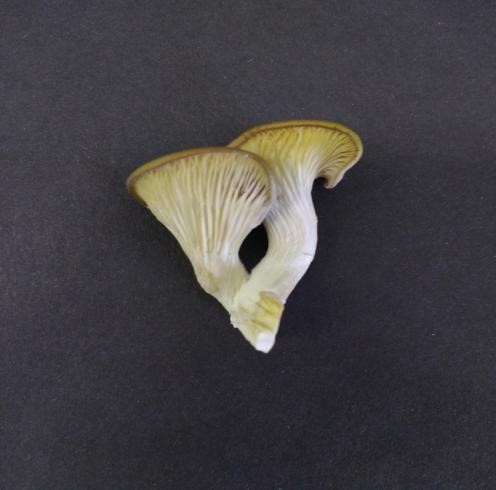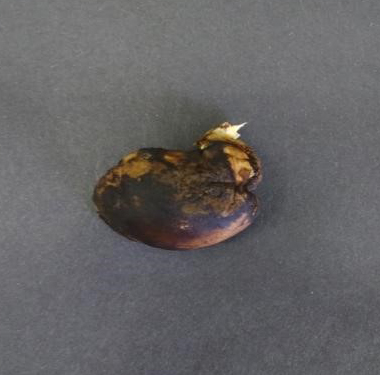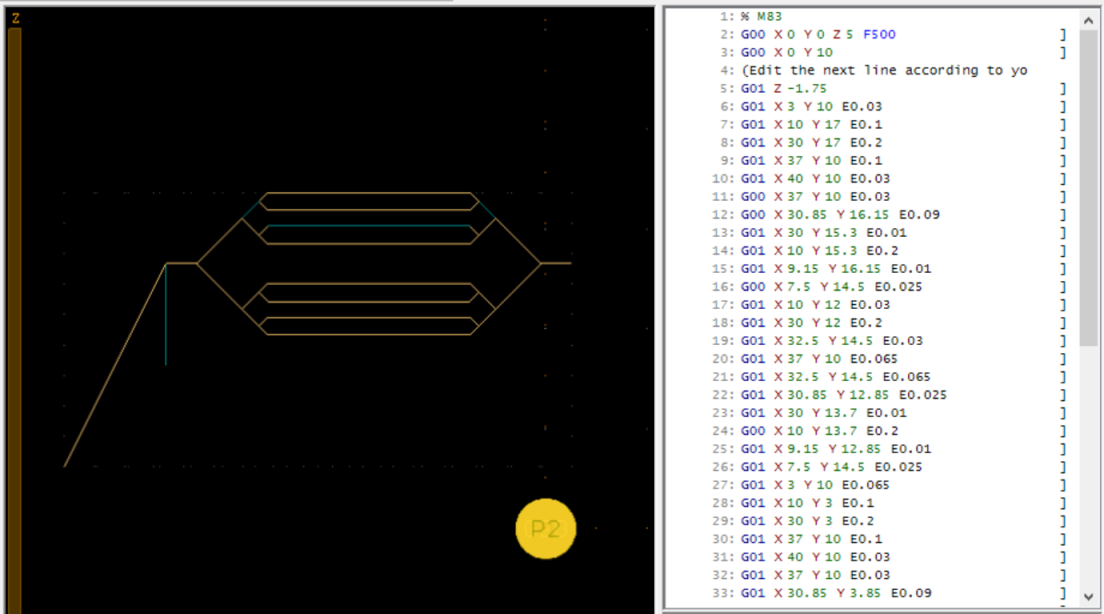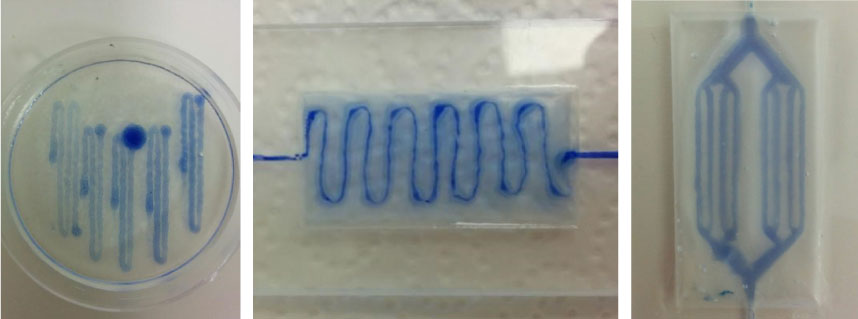Gabi got the Krka research prize!
At IRNAS we are trying to build an open organization, welcoming talented young people and giving them an opportunity to explore and further develop their potentials by working on exciting projects while offering them the required mentorship and support.
During this year we hosted two very talented high school students, Gabriela Štumberger, who was working on her research project in our Symbiolab and Silard Gal, joining IRNAS in Novi Sad. Today we’d like to share with you Gabriela’s impressions on her experience working in our biolab. But first of all, we’d like to sincerely congratulate her for the Krka research prize she was awarded by pharmaceutical company Krka for her exceptional work on the cultivation and analysis of medicinal mushrooms and their anti-microbial and antioxidative effects. She will be presenting her work and receive the award at the ceremony on the 15th of September in Novo mesto. Bravo, Gabi! Below you can read more about her research and the exciting results.
Imagine being given a problem, one that to you seems really tough and complex. Now, imagine being challenged to solve it, while guided through the process of doing so. That was a great part of my experience when working on two projects (“Antimicrobial and antioxidative properties of grown and wild mixed-forest mushrooms” and “Freeform perfusable microfluidics embedded in a gelatine matrix”) at the IRNAS Symbiolab.
The first project about the antimicrobial and antioxidative properties of mushrooms was part of my school research project at II. Gimnazija Maribor, which Boštjan Vihar from the IRNAS Symbiolab kindly offered to mentor. We wanted to grow 7 different medicinal mushrooms from the local forest, extract medicinal substances and compare their contents in wild and grown mushrooms to see which of these mushrooms could be beneficial to culture.
I learned how to look for mushrooms in the forest and how to aseptically isolate mushroom tissue for culturing on primary growth mediums. When the mycelium has grown sufficiently, we transferred it onto the previously prepared secondary media and hoped for mushrooms to grow.
We were successful in the cases of Pleurotus ostreatus and Fomes fomentarius.
The next step was to dry and grind the mushrooms and try to extract some potentially useful substances using different extraction media (water, ethanol, methanol). The extracts were then tested for antimicrobial properties against E. coli, B. cereus and S. cerevisiae, as well as antioxidative properties, which were compared to ascorbic acid.
We concluded that Piptoporus betulinus, Sparassis crispa and Fomes fomentarius could be cultured for their antimicrobial properties, while Pleurotus ostreatus and Sparassis crispa could be useful due to their antioxidative effect.
The goal of the second project was to create perfusable channels in a biocompatible matrix using the 3D bioprinter Vitaprint made by the IRNAS team. My job was to find such a matrix, which could be controllably solidified and stable enough to support a filament being printed into it, yet liquid enough to not be permanently distorted by the printer needle. The complementary filament should be stable enough to keep its shape, but liquid enough to be removable later on.
Quite a challenge! Luckily, I was offered some literature and guiding ideas to start with. After a few weeks of fiddling around with different materials and looking through existing methods, washed and sieved gelatine, which would be thermally cross-linked at the end, seemed to be the best bet. The initial testing of filament compatibility was done by filling syringes with a variety of potential filaments and injecting them into different gelatine matrixes by hand.
Once we had our favourites, it was time to see how all the materials work with the machine. I was introduced to the Vitaprint bioprinter (which was, let’s face it, really the coolest part) and given a few samples of G-code. Boštjan was very helpful when figuring out how to write my own G-code (and not break the printer).
Now the real testing could commence. At first the shapes did not turn out quite as expected and were mostly not perfusable. After testing different xanthan concentrations, gelatine resolutions and playing around with the speed and extrusion settings of the printer, however, the situation gradually improved. I could move from petri dishes to specially designed moulds (which we made ourselves with the help of a laser cutter); straight lines progressed to curves and eventually even fractals!
While there is still a lot of work to be done on the second project, I am quite happy with the progress. During my work on Institute IRNAS I have gotten a glimpse into the workings of practical scientific applications as well as the field of microfluidics, got introduced into the art of culturing mushrooms, learned some new biological methods, how to use a 3D bioprinter, write G-code, further developed my problem solving skills and last but not least, met some amazing and creative people. I am certainly eager to see where the Symbiolab team is going to take this next and wish them the best of luck while doing so!
I would like to sincerely thank Boštjan Vihar and Luka Mustafa for offering me the opportunity to work on some of their exciting projects and hope to be able to collaborate with them again sometime in the future.
We’d also like to thank Gabi for the pleasant and fruitful time she spent at IRNAS. We are proud to have the opportunity to foster such young talents and wish her all the best in her future endeavours.
If you’d also like to join our team or find out more about internship/job opportunities at our company, you can always write us to hr@irnas.eu. We are looking forward to reading about your interests, skills and experience.







